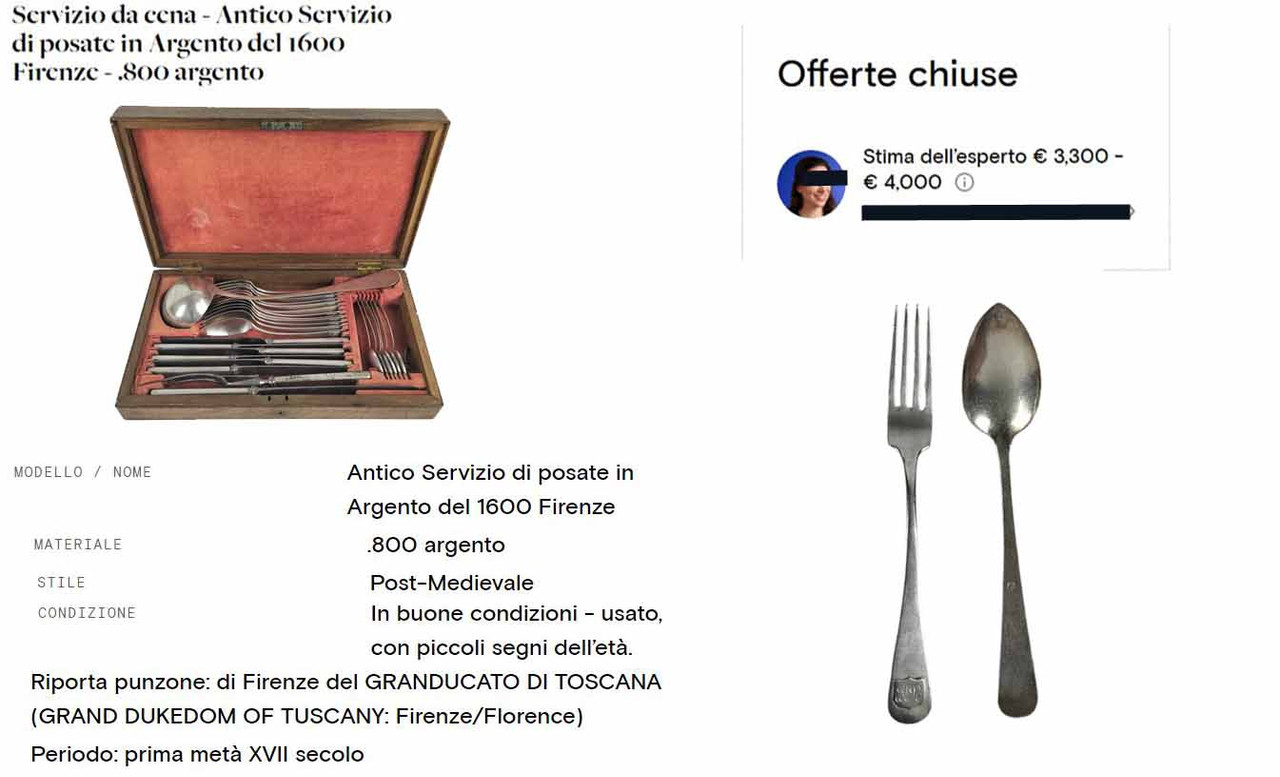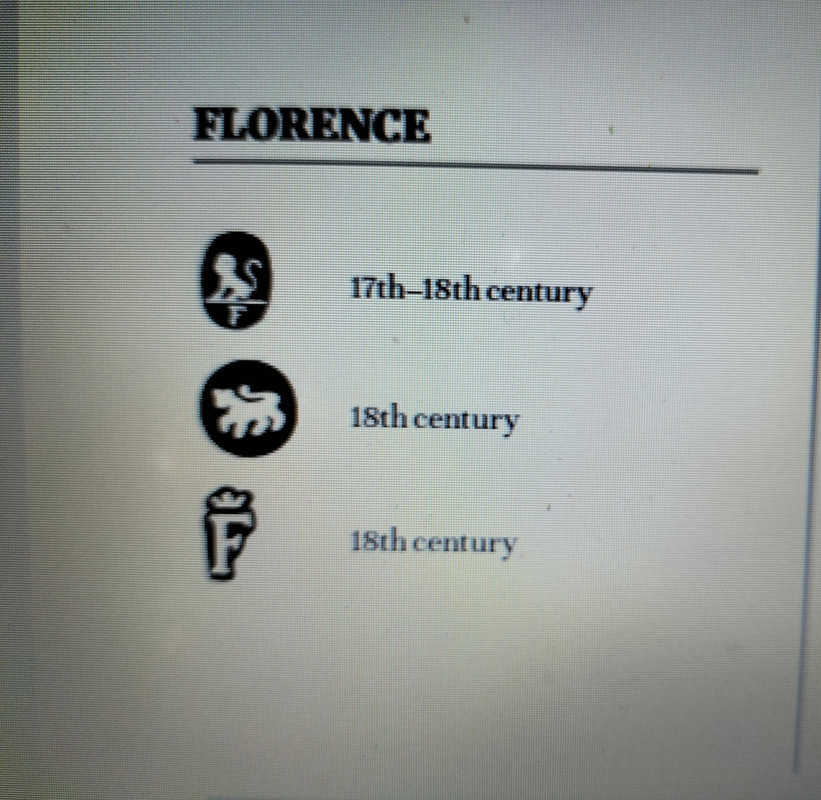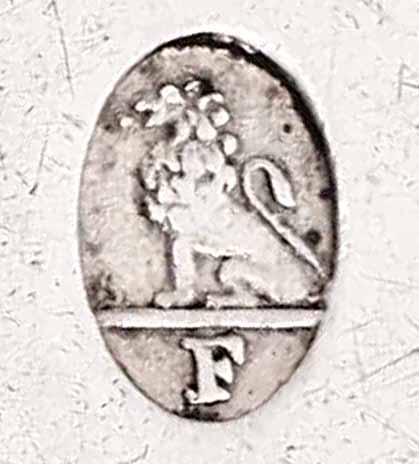https://en.m.wikipedia.org/wiki/Catawik ... %20objects.
Catawiki, indeed a Dutch online auction platform. They organize special sales under the guidance of an expert. The sellers describe and place their items on the site themselves. The seller holds the item until it is sold to the highest buyer and paid, including the buyers premium directly to the auction site . After this the seller must send the item to the buyer. If a conflict arises between the buyer and seller shortly afterwards. The auction site asks both parties for an explanation and plays the judge and makes a substantiated decision. The parties are expected to accept this. Read and understand the auction conditions carefully in advance.
Indeed, a potential buyer should read the information carefully and review the images of the item and its marks provided by the seller.
Here the seller supported the silver mark by using the information and images from specialized literature of the good old Marc Rosenberg, outdated but sometimes still very useful.
https://www.sothebys.com/en/buy/auction ... ?locale=fr
https://www.christies.com/en/lot/lot-2040794
The Miller's edition, as we know, is full of copy and paste information of other authors and their errors. The online auction supervisor, in his role as a silver specialist, has accepted the seller's description of the item and given permission to participate in the online auction.
Sellers, silver specialists and potential buyers sometimes, unintentionally use outdated, incorrect literature and make a mistake. And yes, sometimes the better informed buyer can benefit from this too.
We certainly cannot blindly rely on an expert's opinion. Although, they are predominantly honest, hard-working employees. We expect them to be well read and studied in their field and expertise. Who continuously stay up to date by critically reading the latest professional literature. There are good and bad experts. Yes, sometimes we are very disappointed by the so-called experts. That is why we must do our homework carefully and do not hesitate to ask the expert for additional explanation and information before placing a bid. If we fail to do this, we should not act pitiful afterwards and shout bloody murder.
At an auction, the old saying applies: knowledge is power.
Peter



